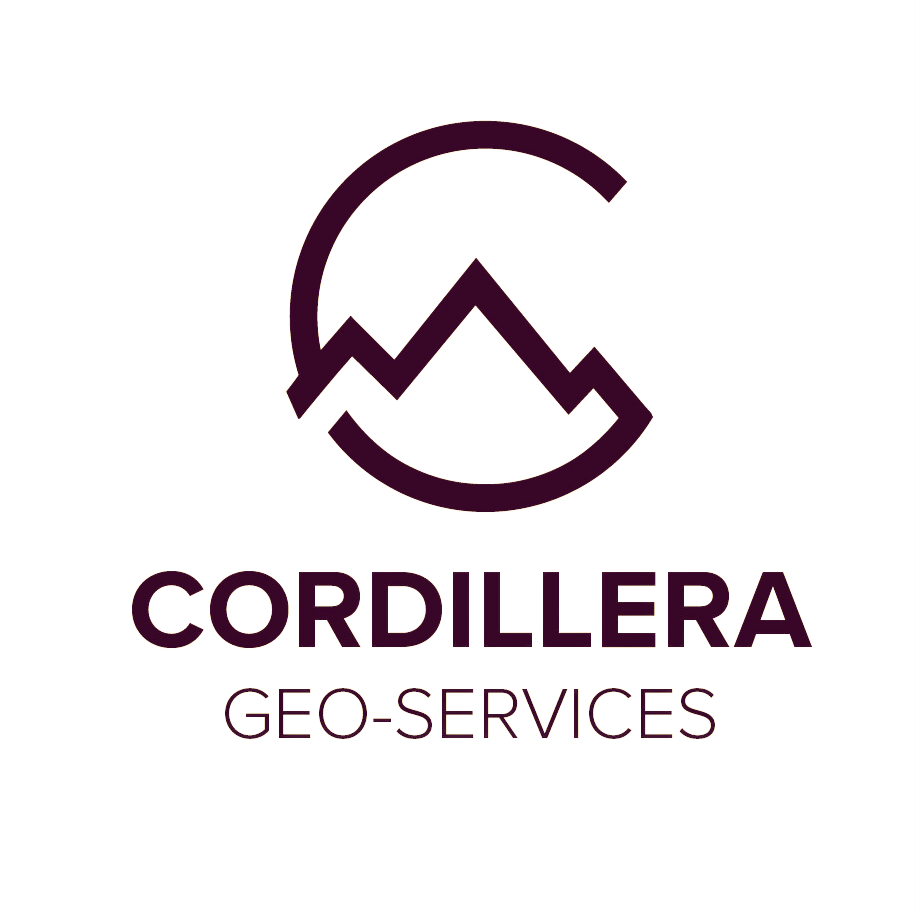Welcome to the world of geophysics applied to archaeology, where we unveil hidden secrets beneath the Earth’s surface. In this blog post, I’ll introduce the incredible ways geophysics improves archaeological explorations.
Pause your digging for a minute and learn to boost your glimpse into the past.
A time machine within the soil
Archaeology is like solving a complex puzzle. Each artifact unearthed has its own story to tell, providing a glimpse into ancient civilizations. Traditionally, archaeologists have relied on shovels, brushes, and their keen eyes to uncover these treasures. But with geophysics, you can add a new dimension to your archaeological toolkit.
Geophysics, in simple terms, is the study of the Earth’s subsurface using physical methods like magnetism, electricity, and sound. Initially developed for resource exploration and environmental studies, this technology has found a new home in archaeology. If your job is to unearth the past in a meaningful and enriching way, here’s how Geophysics can be your secret weapon:
1. Non-Invasive Exploration
One of the most significant benefits of geophysics in archaeology is that it’s non-invasive. You can investigate what lies beneath the surface without disturbing the precious remains.
No more accidental damage to those delicate artifacts! Geophysical methods include ground-penetrating radar (GPR), electrical resistivity, magnetometry, and more, which allow you to “see” underground without digging.
2. Saving Time and Money
Traditional excavation methods can be time-consuming and expensive. With geophysics, you can narrow your search area and focus your resources where they’re most likely to yield results.
This improvement saves time and reduces the overall cost of your archaeological project.
3. Uncovering Hidden Structures
Geophysics can reveal hidden structures like walls, buildings, and pathways that might not be visible on the surface.
You can create detailed maps of the subsurface features, helping you piece together the puzzle of the past with greater accuracy and much more insight.
4. Geophysics improves archaeological explorations
Geophysics doesn’t just tell you where to dig; it can also help you predict what you’ll find.
By analyzing the data obtained from geophysical surveys, archaeologists can make informed decisions about excavation strategies and anticipate potential discoveries.
5. Environmental and Conservation Benefits
With the environment and conservation in mind, geophysics can contribute to a more sustainable approach to archaeology. By minimizing the impact on fragile ecosystems and heritage sites, we can preserve our archaeological heritage for future generations.
As an archaeologist, geophysics can be your trusted companion on your journey to uncover hidden secrets from history, helping you explore, preserve, and understand the past like never before.
Don’t fear embracing new technologies and methods to improve your archaeological work.
Remember, it’s not about replacing traditional excavation entirely but enhancing it with modern tools.
So, the next time you embark on an archaeological expedition, consider the incredible possibilities geophysics offers. It’s time to unveil the historical gems of our ancient world, one geophysical survey at a time.
If you need help discovering and preserving archaeological value before the soil is altered, I can help. Let’s talk.
